This spectacular phenomenon is referred to as the Great Nile Migration. The survey is part of an ongoing partnership between African Parks and the Government of South Sudan, the objective of which is to ensure the region’s long-term sustainability.
Salva Kiir Mayardit, the President of the Republic of South Sudan, announced the results of the comprehensive aerial survey of the Boma Badingilo Jonglei Landscape (BBJL), which revealed approximately six million antelope, making it the world’s largest land mammal migration. The results of the systematic assessment of wildlife, livestock and human activity show that millions of white-eared kobs, Mongalla gazelles, tiangs and reedbucks migrate across the BBJL each year. Gambella National Park in Ethiopia is a critical component of this ecosystem.
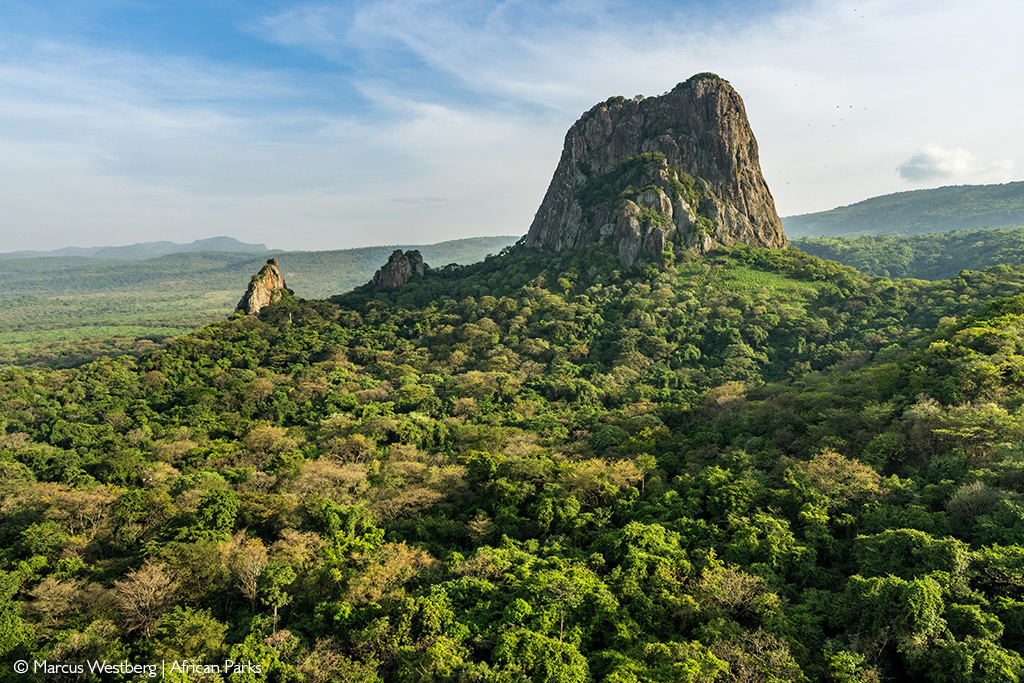
African Parks conducted the survey in partnership with the South Sudanese Ministry of Wildlife Conservation and Tourism, with support from The Wilderness Project. The findings confirm a remarkable and unmatched wildlife phenomenon across a landscape of immense ecological importance. The survey results, combined with data from the collaring of hundreds of different animals from multiple species, help develop an understanding of the ecosystem, allowing African Parks to develop strategies to ensure they can deliver sustainability for both the wildlife and the people who depend on it.
Situated in the east of South Sudan, the (BBJL) forms an integral part of a larger 200,000km2 ecosystem that stretches east of the Nile. This immense landscape is critically important to the Sudd Swamps, the largest wetlands in Africa and the second largest in the world.
The estimates, together with confidence intervals, indicate that the BBJL contains the largest land mammal migration on Earth, including white-eared kob (±5,089,421), tiang (±298,776), Mongalla gazelle (±346,273), and Bohor reedbuck (±161,903). Altogether, these four species total ±5,896,373.

Many ethnic groups live within the BBJL, including the Dinka, Murle, Anyuak, Jie, Toposa, Nyangatom, Nuer, Mudari, Bari, Lokyoya, Madi, Lolubo, Ari, Lopit, Latuka, Boya, and Didinga. Each of these communities has deep cultural traditions and livelihood activities that are firmly embedded and heavily reliant on wildlife and the vast landscapes they inhabit.
South Sudan’s remarkable natural heritage, a cornerstone of its future prosperity, faces significant vulnerability despite the numbers. Unmanaged exploitation of this resource could trigger the collapse of migratory patterns, ecological integrity, and the livelihoods dependent upon them. A comparison with studies conducted in the 1980s shows that there have been substantial declines in most sedentary species which do not exhibit a migratory pattern, including elephant, warthog, cheetah, hippo and buffalo.
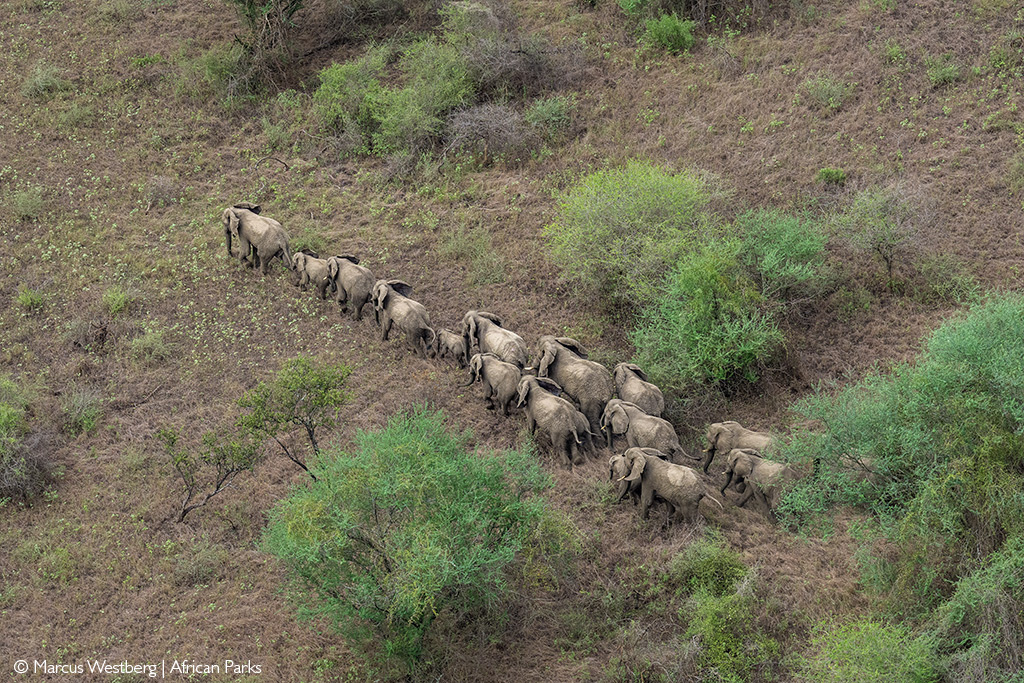
Salva Kiir Mayardit, President of the Republic of South Sudan, says: “As we all know South Sudan is a land rich in biodiversity, boasting some of the most beautiful animals. Our grasslands and protected sites provide a haven for some of the largest populations of antelope on earth. Today, with great pride, I announce the findings of this census to this nation and the international community. It has brought us the position of number one [in the world]. As South Sudan continues to develop we are committed to transforming the wildlife sector into a sustainable tourism industry. To activate
this I call upon the security forces, particularly the Ministry of Wildlife and its partners, to prioritise the training and equipping of wildlife rangers to combat poaching and trafficking of illegal wildlife products in protected areas.”
The survey covered a 122,774km2 contiguous block, encompassing the entire known range of the four main migratory antelope species in the Great Nile Migration. Data from 251 tracking collars placed on large mammals was also integrated into the assessment, providing a holistic understanding of the region’s ecological dynamics, which continues across the boundary of South Sudan into Ethiopia.
This comprehensive Systematic Reconnaissance Survey employed two planes equipped with cameras that captured over 330,000 images throughout the survey period. A team of seven graduates from the University of Juba, trained in specialised software, meticulously analysed 59,718 photos across 64 transects, documenting wildlife presence. Dr Kevin Dunham peer-reviewed the survey results.
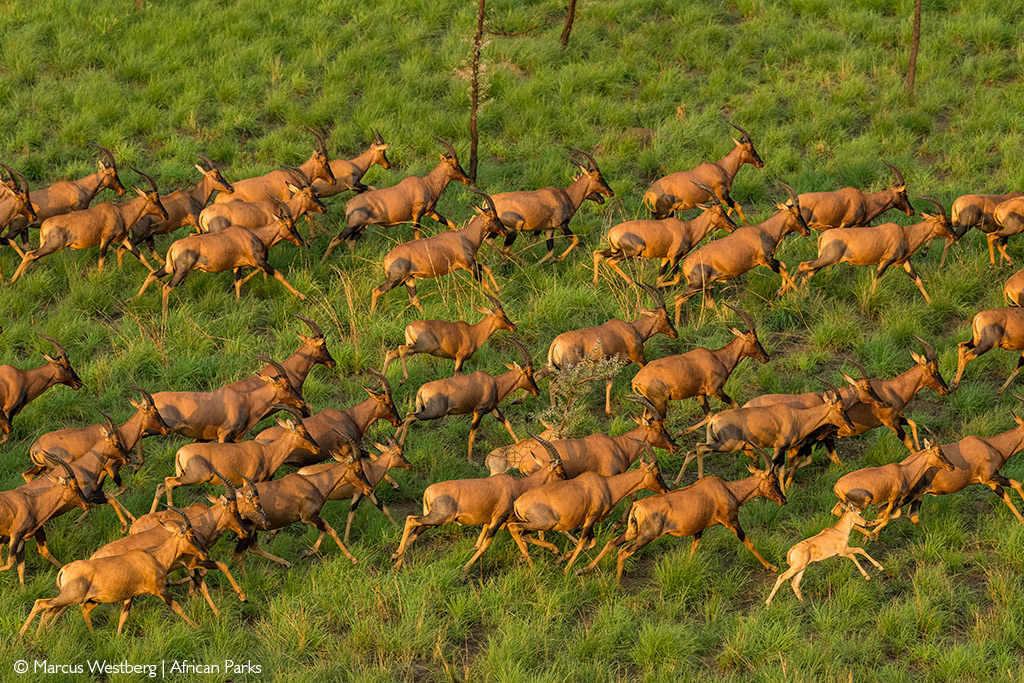
Peter Fearnhead, CEO of African Parks, says: “The results of this survey are nothing short of staggering. The astonishing scale of the migration is only equalled by the responsibility to ensure that it survives into the future in an extremely complex landscape. This wildlife and larger ecosystem is the basis for survival for multiple ethnic groupings, which are often in conflict with each other over resources. Successful management of this landscape will only be possible through building trust with and amongst these ethnic groupings. Already, the threats to the system are abundantly clear with commercial poaching of the wildlife at a scale that we have never witnessed before. Working with these local communities to protect this vital ecosystem will help perpetuate this global phenomenon whilst also bringing about stability, safety and security and creating a sustainable future for the people who live in this area – many of whom are still recovering after years of war and disruption. This survey is a testament to the dedication of and invaluable support from the Government of the Republic of South Sudan and the Ministry of Wildlife and Tourism, The Wilderness Project and our committed donors.”
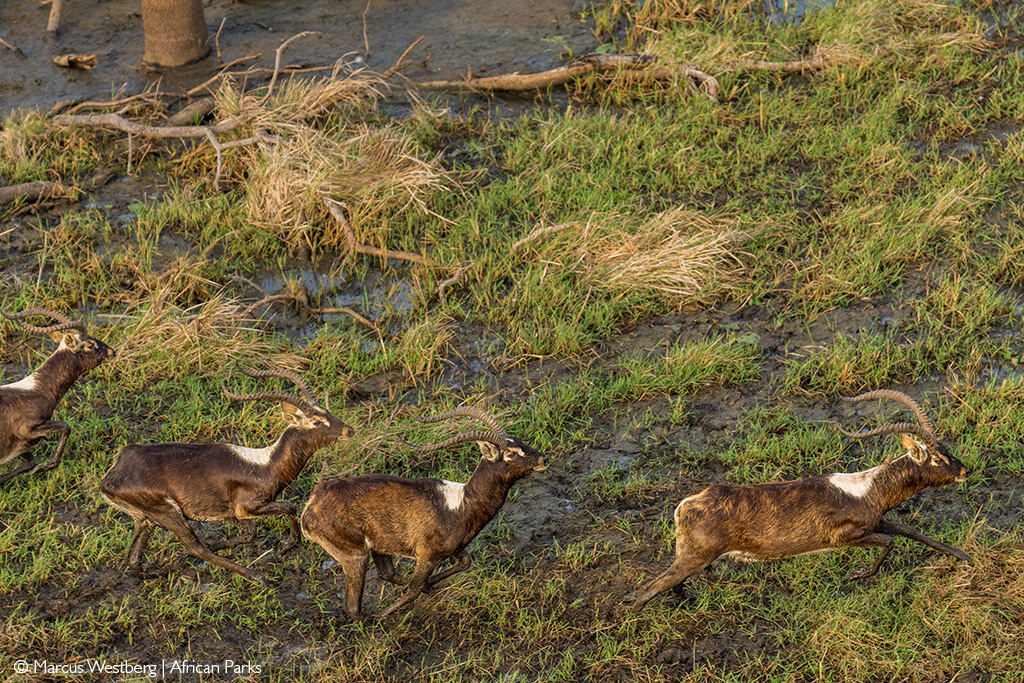
The sustained operations and infrastructure of Boma and Badingilo National Parks have been made possible by the support of several funders, including Elephant Crisis Fund (ECF), Fondation Segré, Hempel Foundation, Rainforest Trust, Wildlife Conservation Network’s Lion Recovery Fund (LRF), Wyss Foundation, welcoming the European Union as a new strategic donor.
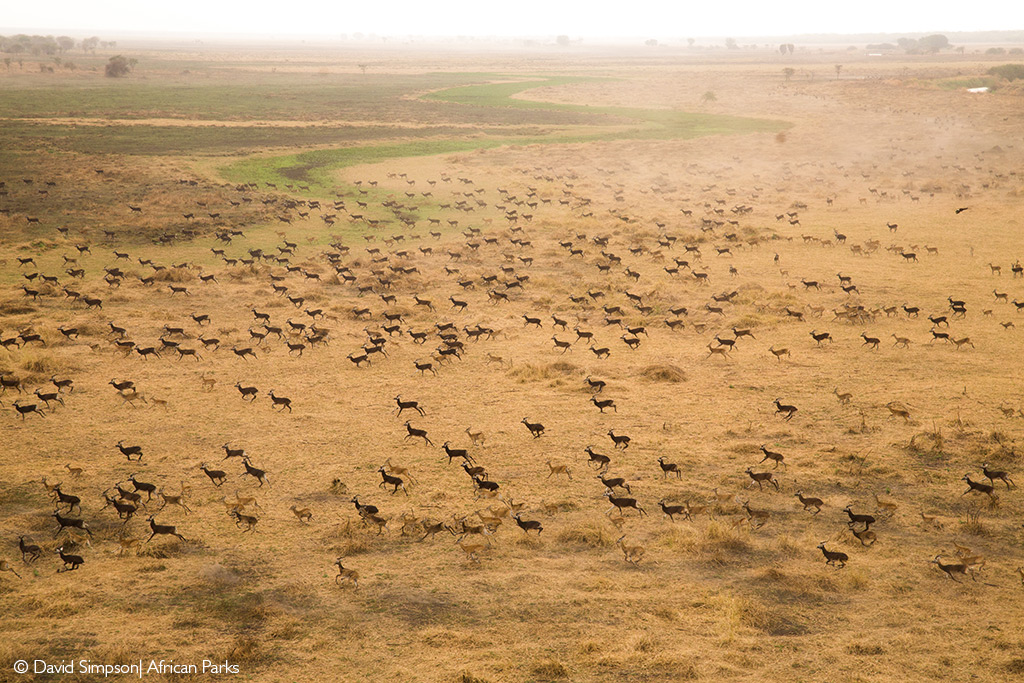
Editorial note
Prior to this declaration of the Great Nile Migration of South Sudan as the largest land mammal migration, it was thought that the Great Migration in the Maasai Mara / Serengeti ecosystem in Tanzania and Kenya was the largest land mammal (or overland) migration in the world. During the Great Migration, between 1.5 and 2 million wildebeest, zebras and other species migrate each year. The prestige of the largest mammal migration in the world still belongs to the Kasanka Bat Migration, during which at least 8 million straw-coloured fruit bats descend into the samps of Kasanka National Park in Zambia between October and December each year.
















